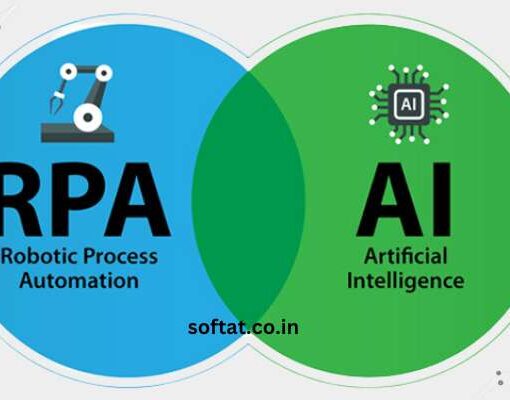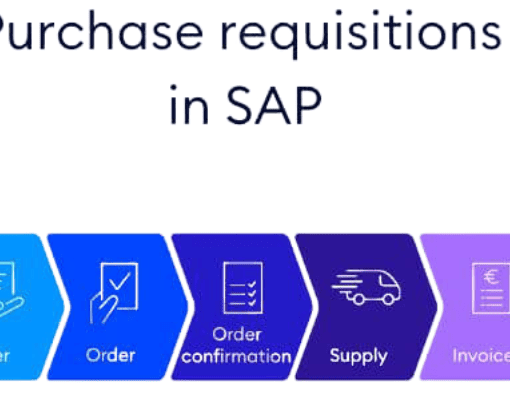Understanding the SAP Cloud Platform
Before delving into best practices, it’s essential to grasp the SAP Cloud Platform (SCP). It’s a robust platform-as-a-service (PaaS) offering from SAP, enabling developers to build, deploy, and run cloud applications. The platform provides a wide range of services, including integration, data management, analytics, and application development.
Core Principles for SAP Cloud Platform Development

- Design for Scalability:
- Anticipate future growth: Design applications to handle increasing loads without compromising performance.
- Leverage SCP’s scaling capabilities: Utilize services like Cloud Foundry to automatically scale applications based on demand.
- Optimize resource utilization: Efficiently use CPU, memory, and storage to reduce costs.
- Security First:
- Follow security best practices: Implement strong authentication, authorization, and data encryption.
- Leverage SCP’s security features: Utilize services like Identity Authentication and Cloud Identity Services.
- Conduct regular security audits: Identify and address vulnerabilities promptly.
- Performance Optimization:
- Profile and optimize code: Identify performance bottlenecks and optimize accordingly.
- Utilize caching: Store frequently accessed data in memory to improve response times.
- Leverage asynchronous processing: Offload heavy tasks to background jobs.
- Cost Optimization:
- Right-size resources: Allocate resources based on actual usage.
- Monitor resource consumption: Identify opportunities to reduce costs.
- Leverage cost-saving features: Take advantage of SCP’s pricing models and discounts.
- Continuous Integration and Continuous Delivery (CI/CD):
- Automate the build, test, and deployment process: Improve efficiency and reduce errors.
- Use DevOps practices: Foster collaboration between development and operations teams.
- Implement version control: Track code changes and enable rollbacks.
- API-Led Development:
- Design reusable APIs: Create well-defined interfaces for application components.
- Leverage API management: Secure and manage APIs effectively.
- Adopt a microservices architecture: Build loosely coupled, independently deployable services.
- User Experience (UX) Design:
- Focus on user needs: Create intuitive and user-friendly interfaces.
- Follow design guidelines: Adhere to SAP Fiori design principles.
- Test with real users: Gather feedback and iterate on the design.
- Error Handling and Logging:
- Implement robust error handling: Gracefully handle exceptions and provide informative messages.
- Utilize centralized logging: Collect and analyze logs for troubleshooting and monitoring.
- Set up alerts: Notify relevant teams of critical issues.
- Testing and Quality Assurance:
- Write comprehensive unit tests: Ensure code quality and reliability.
- Conduct integration testing: Verify interactions between components.
- Perform performance testing: Assess application performance under load.
- Monitoring and Optimization:
- Use monitoring tools: Track application performance and resource utilization.
- Analyze logs: Identify performance bottlenecks and issues.
- Continuously optimize: Make data-driven improvements.
Additional Best Practices
- Leverage SCP Services: Explore and utilize the full range of SCP services to enhance your applications.
- Stay Updated: Keep up with the latest SCP features and best practices.
- Follow Coding Standards: Adhere to consistent coding conventions for maintainability.
- Document Your Code: Write clear and concise comments to improve code readability.
- Collaborate with Other Teams: Work closely with business analysts, UX designers, and QA engineers.
Conclusion
By following these best practices, you can build high-quality, scalable, and secure SAP Cloud Platform Development applications. Remember that development is an iterative process, so continuously evaluate and refine your approach based on feedback and performance metrics.
YOU MAY LIKE THIS
Launch Your Career in the Cloud: A Comprehensive Guide to SAP Analytics Cloud Jobs
Unlocking Business Transformation with SAP Cloud Platform Integration (SAP CPI)




